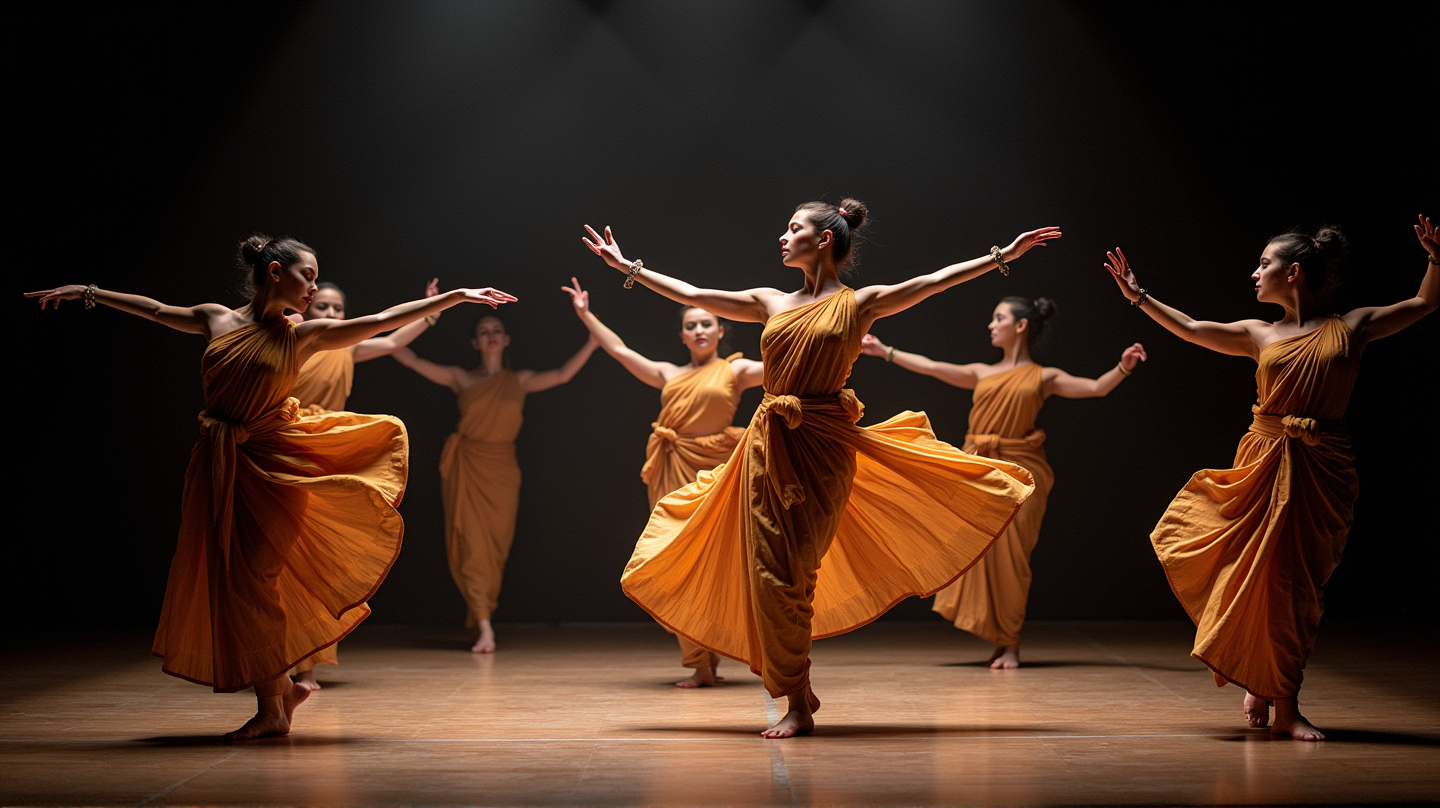Revival of Performing Arts in the Digital Creative Economy
How performing arts are transforming with tech, boosting economies, and crossing borders, from ancient traditions to digital integration.

In a world where tradition meets modernity, the performing arts find themselves not just in theaters but interwoven with digital landscapes. Once the heart of spiritual and social gatherings, forms like dance, theatre, music, puppetry, and folk expressions are now integral parts of the creative economy, ushering in a renaissance that binds ancient traditions with contemporary innovations.
A Glimpse into the Creative Economy
The term “creative economy” encapsulates how culture and innovation become bedfellows, breathing life into new economic paradigms. According to The Hans India, the creative economy contributes between 0.5% to 7.3% of GDP across various countries, employing up to 12.5% of their workforce. These figures reveal a burgeoning sector, advocating the vast potential of creative capital. Particularly noteworthy is the rise in creative services exports, which saw a 29% increase, underscoring the transition from traditional to digital ecosystems.
The Age-Old Communication Tool
Historically, the performing arts were far more than entertainment; they communicated epics, societal values, and even critiqued politics. From temple dancers weaving tales through Bharatanatyam to rural awareness campaigns using Nautanki and Jatra, these arts served as mediums of mass communication. An innovative adaptation today is the Indian Airlines safety demonstration, choreographed in Bharatanatyam, showcasing how traditional arts can enhance modern systems.
Education’s New Ally
Education systems now employ performance arts as catalysts for learning and empathy. Techniques like puppetry illuminate lessons in conservation, while street theatre conveys public health messages. Even corporate training has adopted role-play for cultivating essential soft skills. This intersection has fostered a novel market for experiential learning, offering lucrative avenues for those with a penchant for creativity.
Digital Performances and Virtual Theaters
In this digital age, performing arts morph into entrepreneurial showcases via platforms like YouTube, Instagram, and OTT services. Artists like Raja Kumari illustrate this fusion by marrying classical Indian dance with global rhythms like hip-hop. With VR and AR, immersion is no longer just a buzzword—startups can bring timeless classics to life for global audiences, providing patrons with interactive theatrical experiences.
Performing Arts, Technology, and Well-being
Beyond entertainment, these arts contribute to wellness. Techniques intertwining dance, music, and yoga serve therapeutic and mental health purposes, offering healing and growth avenues. Such integration paves the way for innovative solutions in traditional forms and contemporary therapy alike.
Breathing New Life into Ancestral Arts
Technological advancement has not overshadowed indigenous arts. Instead, digitization, AI, and online platforms are reviving the likes of Baul music and Yakshagana. By bridging cultures and spanning continents, today’s youth have unprecedented opportunities to become ambassadors of cultural heritage in an increasingly interconnected world.
In conclusion, the performing arts continue to be vibrant colors on the sprawling canvas of the creative economy. Tradition and technology intertwine, transforming what once were ancestral whispers into a chorus of global conversations.

